Mounting_Electrical_Enclosures.pdf
Mounting Electrical Enclosures
- Most enclosures have holes at the corners as a point to attach any mounting hardware
- Mounting strut is commonly used
- Concrete mounting:
- Use industrial concrete anchors
- Make sure your enclosure is level, at the right height, and that the concrete is thick and strong enough for the anchors
- Attach the anchors to the mounting strut
- Mounting to a pole or mast:
- Rely on mounting strut
- Make sure the pole can handle the weight
- If you are installing the pole, make sure that the footing is below the frost line
- Make sure the pole is strong and rigid (recommended at least 2" rigid galvanized conduit)
- Use strut clamps that go with your conduit to create the connection
Transcript
[0m:4s] Hi I'm Josh Bloom, welcome to another video in the RSP Supply education series. If you find that these videos are helpful to you, it certainly helps us out if you could give us a big thumbs up and subscribe to our channel.
[0m:16s] In today's video, we are going to talk about electrical enclosures. But more specifically, we want to talk about some common methods that are used when mounting smaller and medium sized enclosures to either a wall or pole or mast. When mounting these types of enclosures, it is important to understand the environment that the unit will be located and make sure that it has proper NEMA rating for the location that it is intended.
[0m:47s] For example, if the enclosure is going to be located indoors in an environmentally controlled location, a NEMA 1 enclosure will be fine.
[0m:58s] However, if the unit is going to be installed in an outdoor location exposed to the elements, it is necessary that a NEMA 4 type enclosure be used to provide the proper protection that will be needed.
[1m:12s] In either case, the mounting techniques we will discuss can apply to both scenarios as well as other installation locations you might potentially encounter.
[1m:24s] Before mounting to any surface, it is important to understand how the hardware can interface with the enclosure itself.
[1m:34s] In many cases, the enclosures will have holes at the corner locations that can be used as a point to attach any mounting hardware. It is very common to see mounting strut, commonly referred to as Unistrut, be used in conjunction with these electrical enclosures.
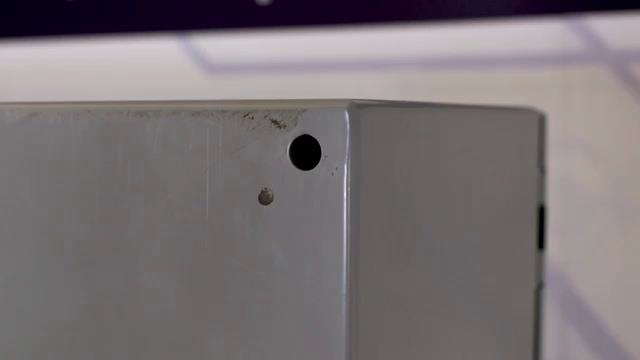
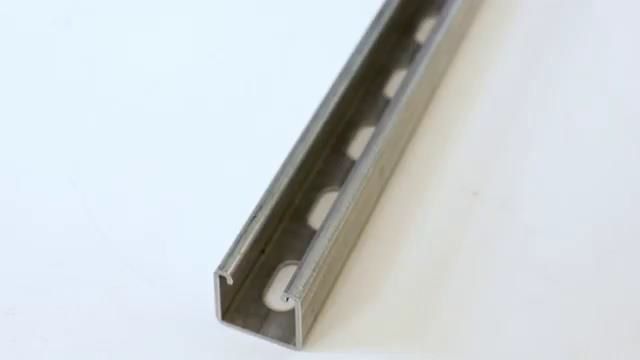
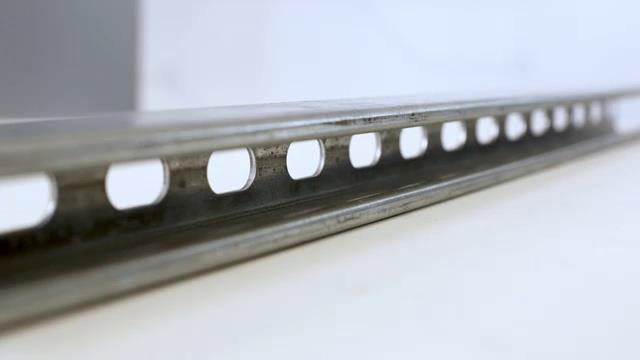
[1m:56s] This Unistrut can attach to the enclosure and provide a very strong connection point to either a wall concrete or otherwise as well as any pole mount situation.
[2m:11s] When mounting to a concrete wall, which is a very common scenario, there are several things that should be considered to ensure it is done correctly.
[2m:22s] Like with many installation methods, there are many different ways to do things, all of which might yield similar results.
[2m:31s] Keep in mind some of the methods we use are just a few of the many installation techniques available today. Once the location of the enclosure has been determined you need to decide how you intend to attach it to the concrete wall. We have found that using industrial concrete anchors provide a very strong and reliable connection that can last a very long time. There are many different styles of anchors that can be used, and you must decide which is best for your particular scenario. A few things to keep in mind:
[3m:5s] Make sure that as you begin to drill your holes and install your anchors that your enclosure is level, and that it is installed at the correct height,
[3m:14s] and that the concrete is thick and strong enough to allow the use of these types of anchors. Once the anchors have been installed, you can attach them to the mounting strut that is attached to the enclosure using hardware that is designed for that particular type of mounting strut.
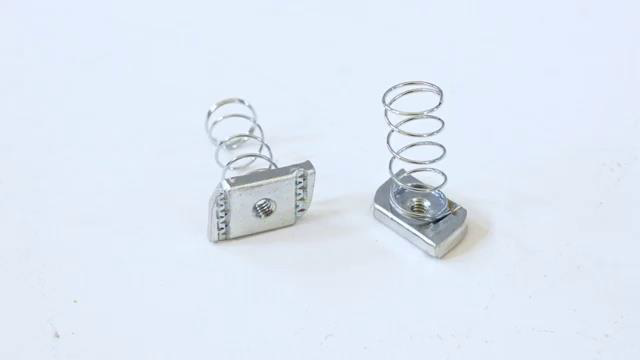
[3m:32s] When installing an electrical enclosure on a pole or mast, the installation is not too dissimilar from the wall mount in that you will still rely on using the mounting strut that is on the enclosure. It is important to make sure that the pole that is being used to mount the enclosure can handle the weight that is being placed upon it.
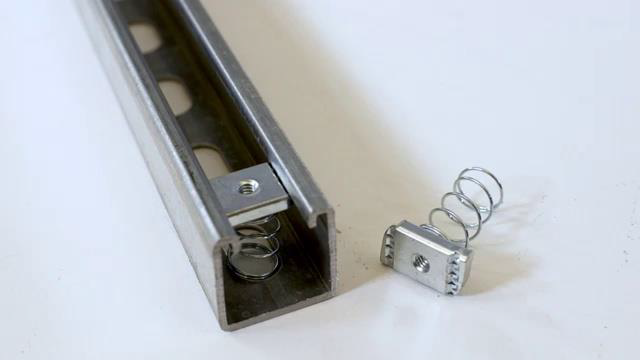

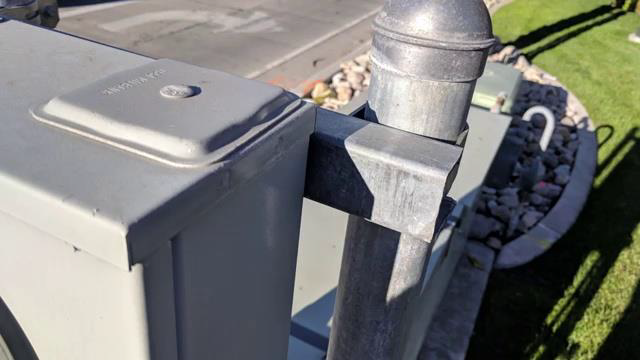
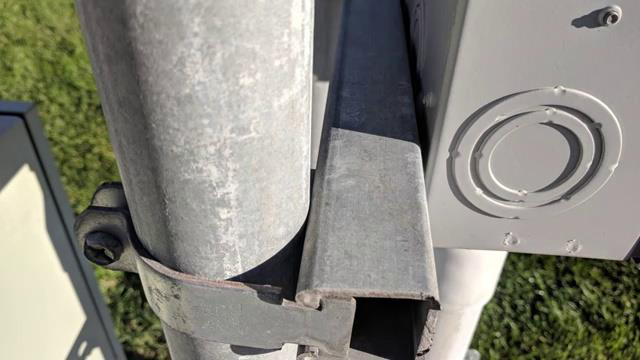
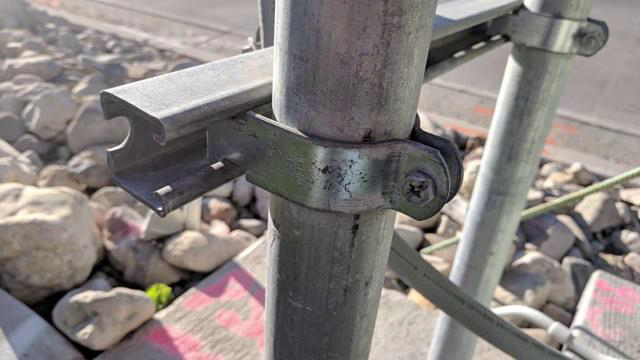
[3m:54s] If you are installing the pole, make sure that the footing is below the frost line if being installed in areas where temperatures can get very cold. It is recommended that the pole being used be made of a very strong rigid material.

[4m:10s] We typically recommend at least two inch rigid galvanized conduit.

[4m:16s] Once the pole has been secured into the ground, you can simply use some strut clamps that are designed for use with the size of conduit that you are using.
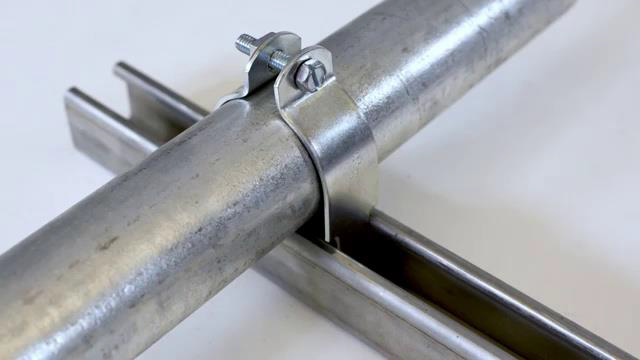
[4m:26s] This type of installation will provide a very strong durable connection that can last a very long time. These two installation methods are some of the more common ways you might see electrical enclosures getting installed. However, there are many different methods that can be used depending on the situation that you are in. It is important that you do your research to determine what solution will best fit your needs.
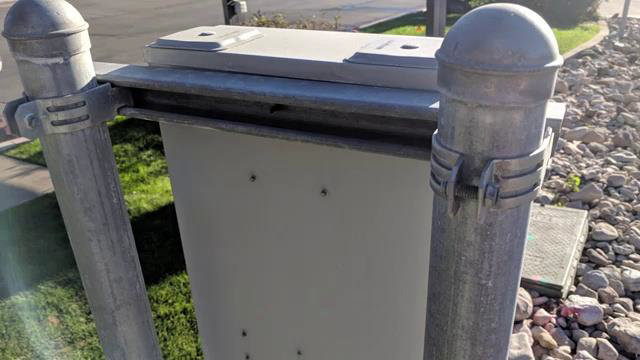
[4m:54s] For a full line of electrical enclosures and related hardware and thousands of other products, please go to our website. For more information or other educational videos, go to RSPSupply.com, the Internet's top source for industrial hardware. Also, don't forget: like and subscribe.




